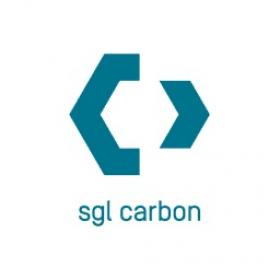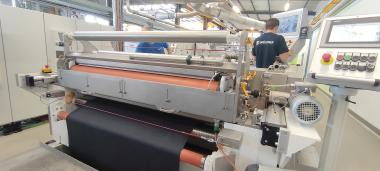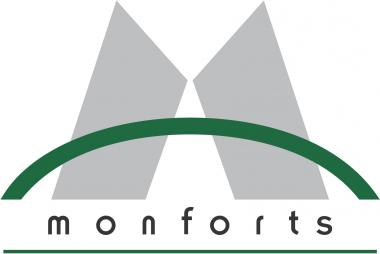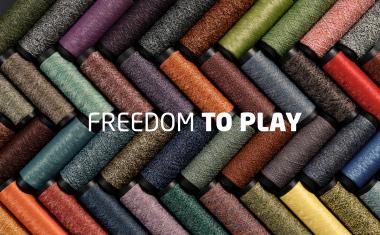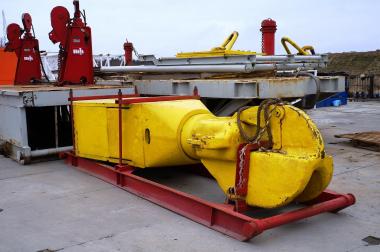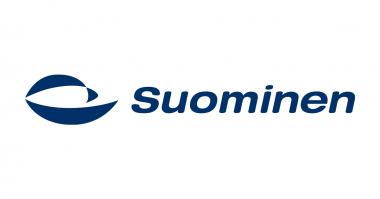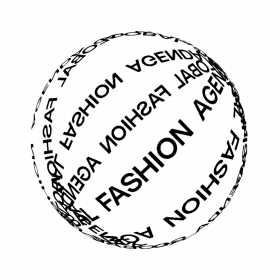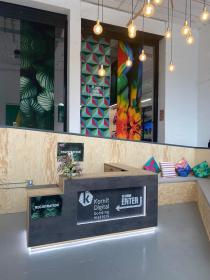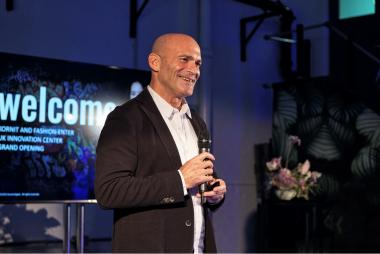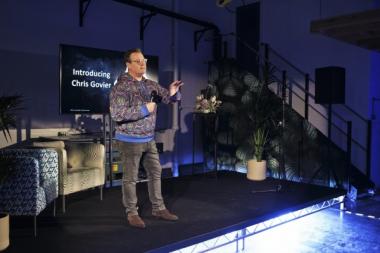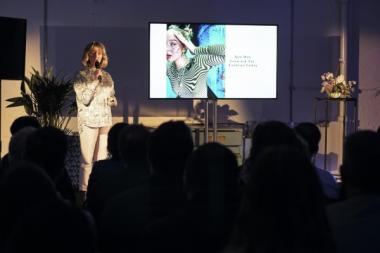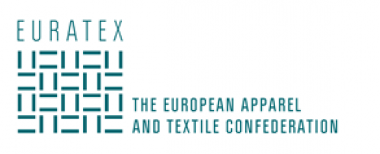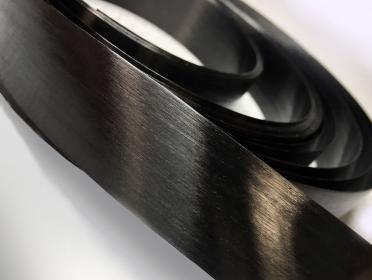SGL Carbon raises sales and earnings guidance for 2022
Based on the good business development in all four Business Units as well as the mostly successful passing on of increased costs for raw materials, energy and transport to customers, the Board of Management of SGL Carbon SE expects to exceed the given guidance for the fiscal year 2022. Accordingly, SGL Carbon SE is increasing its sales and earnings guidance for fiscal year 2022.
The Company expects to exceed the upper end of the stated range of its Group EBITDApre (earnings before interest, taxes and depreciation adjusted by non-recurring items and one-time effects) guidance for the fiscal year 2022 of EUR 110 - 130 million and is raising its EBITDApre guidance for 2022 to EUR 130 - 150 million. Correspondingly, EBITpre1 (earnings before interest and tax adjusted by non-recurring items and one-time effects) is now forecasted to be between EUR 70 - 90 million (previously: EUR 50 - 70 million). The sales guidance is also raised to around EUR 1.1 billion for the current fiscal year, originally expected to be at the level of the previous year (EUR 1,007.0 million).
In line with the development of earnings, the forecast for return on capital employed (ROCE) of originally 5% - 7% is raised to 7% - 9%. The expectations for free cash flow remain unaffected by the forecast increase. Free cash flow is still expected to be significantly lower in 2022 than in the previous year (previous year: EUR 111.5 million).
The new forecast for fiscal 2022 has been drawn up on the basis of the prevailing market environment and assumes no deterioration in conditions, in particular due to the war in Ukraine and its consequences for the global economy. In particular, it is assumed that sufficient electricity and gas will be available and production lines will remain in operation. The communicated medium-term targets up to 2025 remain unaffected by the forecast adjustment.
SGL Carbon will publish its 2022 half-year figures as planned on August 4, 2022.
SGL Carbon SE
SGL CARBON SE


